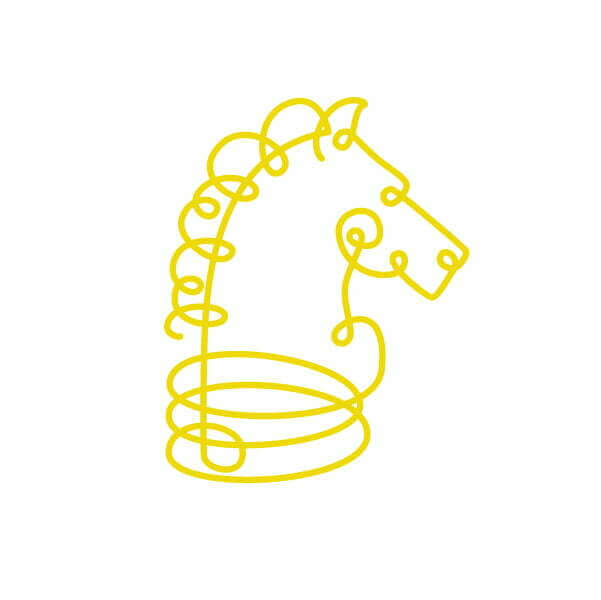We thought we would begin to dive into a description of what our model stands for and how it is different from other models of brief and family therapy.
Most other models of therapy can be called ‘normative models’: the model provides a structure for human behavior and a deviation from such a structure produces ‘sickness’, discomfort and a need to consult a professional.
In plain English, the professional working from that model will, accordingly, help the person requesting help to calibrate their lives in order to get closer to that ‘sweet spot’ in which problems no longer exist in our lives. This way of thinking is based on the physiological model of medicine: if the appendix is inflamed it produces discomfort, pain, a fever. If those are the symptoms, a medical doctor is likely to suggest an operation. In the case of the appendix, there don’t seem to be any negative consequences to not having one so the operation should produce a resounding improvement in the quality of life. However, if we are talking about the gall bladder, which can also cause excruciating pain, the removal of the guilty organ is no longer that simple. Bile is an important part of the digestive process and not having it means either taking a supplement for life or not being able to eat as much grease and expect to be able to digest it. Similar experience with a thyroid that misbehaves.
As a consequence of patterning therapy after a medical model, psychoanalysis gives a lot of power to the psychoanalyst: they sit behind the patient and choose to interject a sentence or two along the way. Change occurs slowly, if at all, and flight into health is a way for the professional to keep the patient on their couch for a very long time. And yes, at the time, that was progress and was seen as something new.
Fast forward to Family Therapy, Systems Therapy, Interactional therapy. The major difference in this way of thinking is that a behavior occurs always in a context and cannot be explained independently from it. As a consequence of thinking that way, Don Jackson started inviting the whole family into therapy. The legend goes that, in tiny Palo Alto, he would run into his patients at the movies, at the supermarket and everywhere else and inevitably he would be introduced. “If I am going to meet them anyway, he probably thought, I might as well bring them into the office since I am sure they have a lot to add to the story that brings the patients to see me in the first place”.
It was the first time that a behavior, a complaint, a problem, a difficulty was viewed in the context in which it occurred. The symptoms of a schizophrenic son increased when the messages from his mother were not clear. Similarly, a fight between siblings got worse when the father favored one child over another in the presence of both of them together. All these situations make the most sense in the context in which they occur. They are the basis for a functional model.
In contrast, the structural model developed by Minuchin describes what a ‘normal’ family should look like. It charts the relationships between family members, or between subsystem family. These charts represent power dynamics as well as the boundaries between different subsystems. The therapist is brought in to disrupt dysfunctional relationships within the family and cause them to settle back into a ‘healthier’ pattern. The explanation as to why problems occur in a family or a couple are explained by the deviance of the system from what is considered to be its ideal form. Families are either enmeshed – the limits between the parental subsystem and the children’s subsystem are not clear —or disengaged – these same systems do not overlap in an extreme fashion. When these states become rigid, a family will ask or be referred for help and the therapist will try to make the sub-systems more flexible again.
The strategic model developed by Haley– after spending time with Minuchin in Philadelphia—and his wife Madanes is another example of a normative model. Haley was particularly concerned with power struggles, so the symptom arises when the cost of keeping it up outweighed the gains. Madanes was concerned with incongruous hierarchies, where a child uses symptoms to change the behavior of the parent. The imbalance of power and hierarchies in a family or a couple is what defines from their point of view how a problem occurs. Thus, the attempt on the part of the therapist is to achieve a new balance. Another important piece in this model of therapy is that the symptom or problem serves a function in the system so that function needs to be explored if a successful change in the behaviors is going to be found. This is achieved by an exploration of the past.
Both of these models of therapy need for the whole family to be present in order for therapy to take place.
There are many more examples of normative therapies but in contrast, the Problem-Solving Brief Therapy model focuses on what will work for the family, the couple or the individual who is coming to ask for help. We do not have a preconceived notion of what ‘normal’ looks like and therefore each consultation will be different and unique. In our work with families in an inner city school, it was quite frequent that a grandma would ask for help. She was in charge of a group of grandchildren because their mother was an addict and their father had left, for example. In those situations, it was also quite common that one of the older sons would take the role of the absent father, in getting a job and skipping school to help the family finances or in helping the grandmother discipline the younger siblings. Alternatively, the older daughters would often be taken out of school to look after younger siblings if the grandma had a medical appointment for example. It was usually an older daughter who would be taken out of school to act as an interpreter if there were medical visits and grandma did not speak English. From our model we would not speak about a ‘parentified child’ because that is not a part of our construction of reality/model of therapy. Instead, the therapist will ask ‘what is the problem now’, ‘what hurts now’ with a focus on promoting a change in the behavior that is a problem for the person who is asking for help.
What is the most important in the Problem-Solving Brief Therapy is to look at the context in which the unwanted behavior occurs and help promote different attempts to change that behavior. The assumption is that, once a small change is implemented, the actors will have new tools to continue the new, desired action. This optic promotes implicit optimism, which in turn generates a virtuous cycle of change.





We are different because we teach by focusing on the practical applications, not just theory. Our specialty trainings utilize real cases and high engagement with our trainers. We have specialized trainings of real cases and dynamics with our teachers.